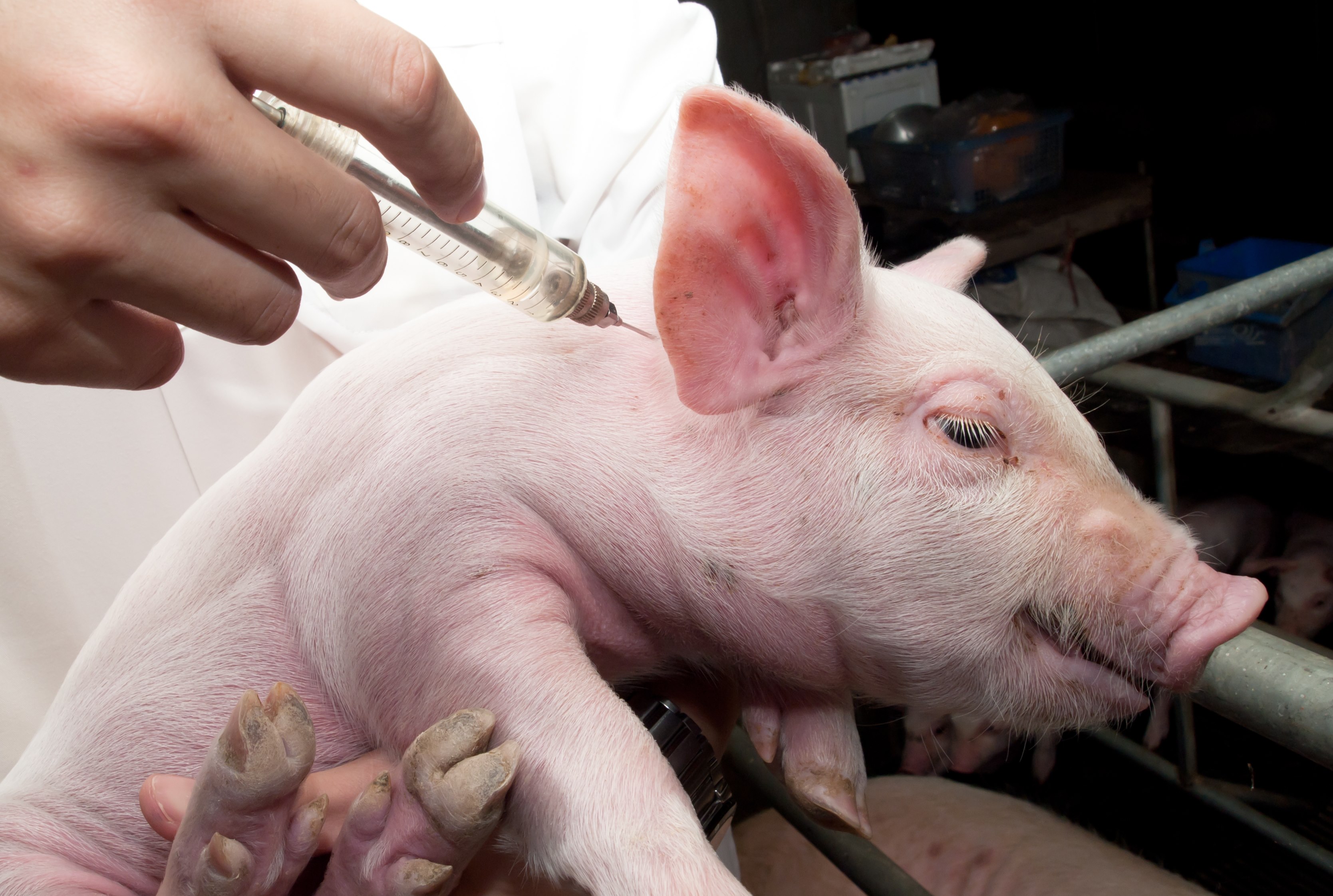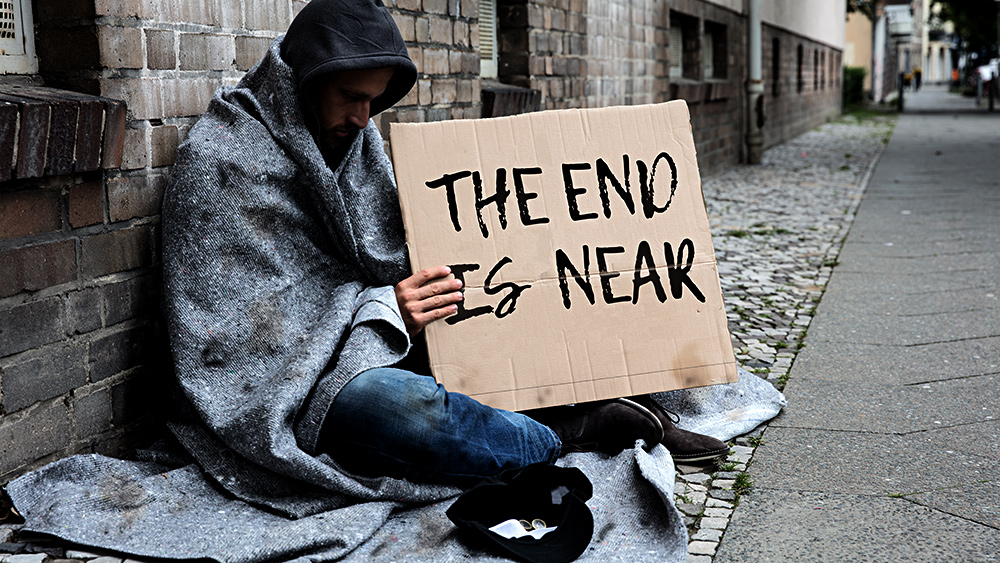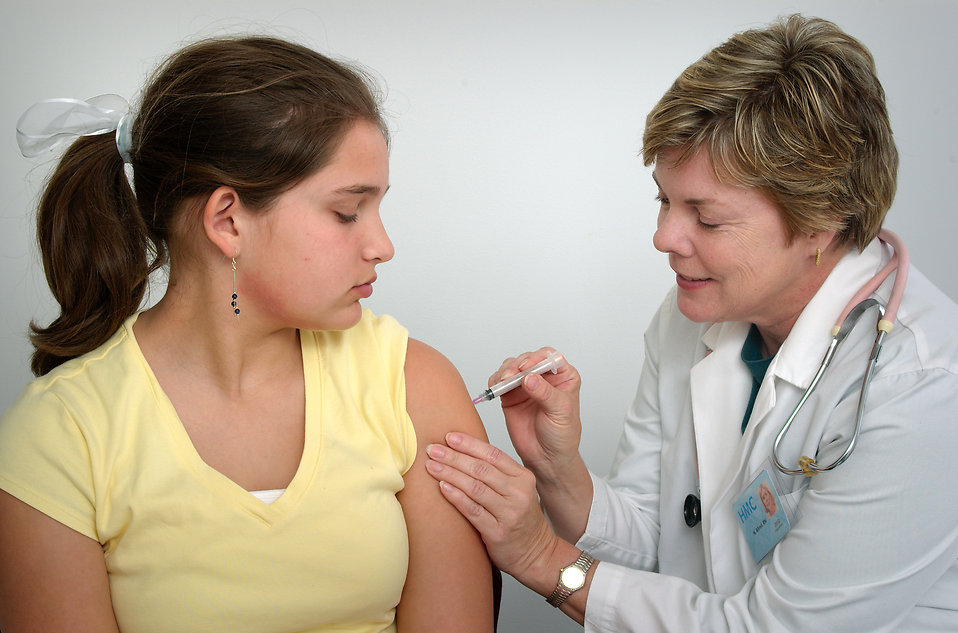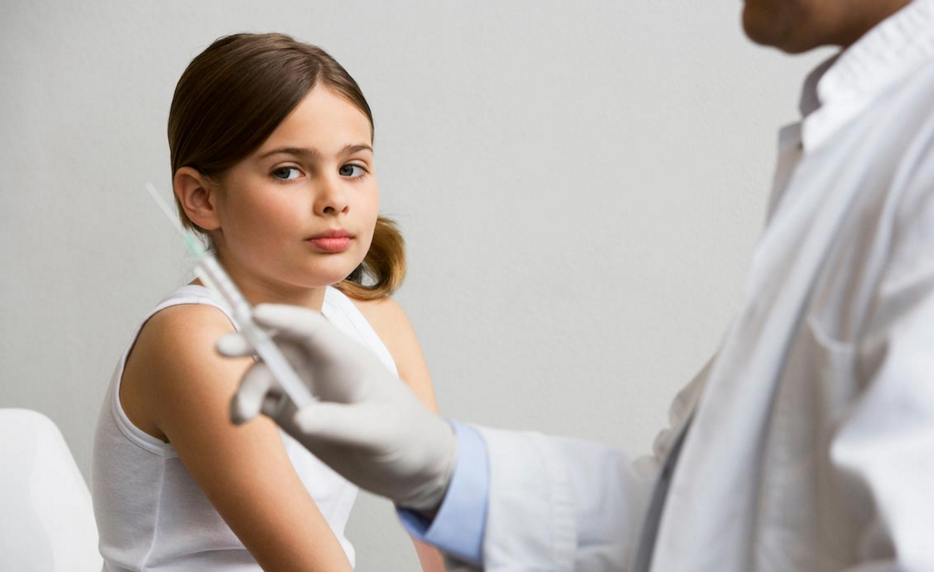The disturbing link between vaccines and pediatric cancer
02/04/2019 / By Tracey Watson
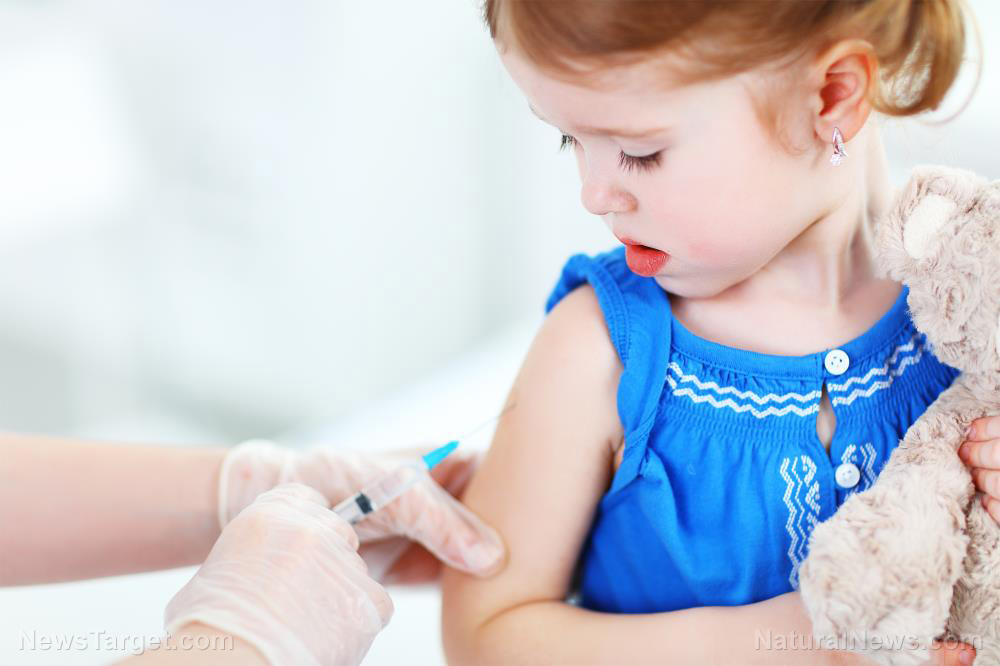
Any illness in a child is distressing, and when it’s a life-threatening disease like cancer it is absolutely devastating to the entire family. Sadly, pediatric cancer diagnoses are on the increase, with about 15,300 kids being diagnosed with some form of cancer each year. One in eight of these children will not survive.
Although the survival rate for children with pediatric cancer has increased dramatically in the last few decades, in later life 60 percent of survivors will experience treatment-related problems like infertility, heart failure and secondary cancers. And, despite medical advances, the actual number of children diagnosed with cancer each year continues to increase.
While doctors are quick to link many cancers in older patients to lifestyle issues like smoking and obesity, when it comes to children they more or less throw their hands in the air and insist that nobody knows the causes of pediatric cancers. This is not entirely true, however, since environment and chemical exposure can have a profound effect on the risk of a child developing cancer. One of these potential triggers is the rigorous vaccine schedule that children have been subjected to in recent years. (Related: Merck vaccine developer admits vaccines routinely contain hidden cancer viruses derived from diseased monkeys.)
FDA admits link between vaccines and cancer
Even the U.S. Food and Drug Administration (FDA) admits that there is a distinct possibility that certain vaccines could cause cancer. An FDA study entitled, Investigating Viruses in Cells Used to Make Vaccines; and Evaluating the Potential Threat Posed by Transmission of Viruses to Humans, warned:
In some cases the cell lines that are used might be tumorigenic, that is, they form tumors when injected into rodents. Some of these tumor-forming cell lines may contain cancer-causing viruses that are not actively reproducing. Such viruses are hard to detect using standard methods. These latent, or “quiet,” viruses pose a potential threat, since they might become active under vaccine manufacturing conditions. [Emphasis added]
As explained by Children’s Health Defense, many of the vaccines children receive are designed to fight viruses like polio, measles, mumps, rotavirus and so on. In order to produce these vaccines, scientists have to grow these viruses in a controlled environment and in such a way that they will not trigger the exact disease in recipients that they are designed to prevent.
Unfortunately, the cell lines used to create these vaccines can be contaminated with viruses that were present but not detected in the donor (e.g. monkeys). An example of this is the polio vaccines created in the 1950s and 1960s, a third of which were contaminated with simian virus 40 (SV40) from the monkey kidney cell cultures used in the production of the vaccines. (Related: Cancer industry frustrated that children treated with chemotherapy aren’t getting enough HPV vaccines.)
More recent research has confirmed that the SV40 in those vaccines could have contributed to the development of cancer in later life. In 2002, a review by the Institute of Medicine’s Immunization Safety Review Committee concluded:
In summary, the committee’s scientific assessment concludes that moderate to strong lines of biological evidence support the theory that SV40 contamination of polio vaccine could contribute to human cancers. Specifically, the evidence is strong that:
- SV40 contaminated some polio vaccine used from 1955–1963, and
- SV40 has transforming properties in several experimental systems.
In addition, evidence has accumulated suggesting that SV4012 is likely present in some human tumors.
The fact that vaccines are linked to cancer provides yet another strong reason for parents to work hard to boost their children’s immune systems naturally, rather than relying on ineffective and potentially dangerous vaccines. Discover more truth at Vaccines.news.
Sources for this article include:
Tagged Under: Big Pharma, cancer, cell lines, child health, children, children's health, parenting, pediatric cancers, toxic ingredients, Vaccine dangers, vaccine injury, vaccines


